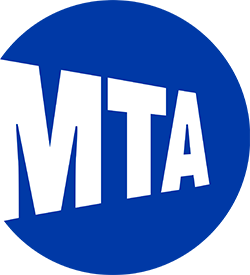OSHA issues guidelines for roof tarping
Request Consultation
OSHA issues guidelines for roof tarping
Roof tarping can provide protection to a job site, but it comes with serious dangers.
There are instances when a construction site may require tarping. Roof tarping involves covering the roof area of a building with a tarp to reduce any damage caused by the weather. Like any construction work that occurs on a roof, this type of work is dangerous.
Roof work and data: Numbers show the dangers
Data shows that roof work is one of the most dangerous parts of the construction industry. The United States Department of Labor’s Occupational Safety and Health Administration (OSHA) reports that falls are the leading cause of fatal injuries to workers within the construction industry. 34 percent of fatal falls occur when a working on a roof.
In an effort to help reduce these risks, the agency requires employers to protect their workers. Employers must address and take steps to remove the risks associated with all hazards at a job site. At a roof site, this can include required use of fall protection, scaffolding equipment, head protection and safety training.
OSHA and tarping: A call for safety
A construction worker may need to work on a roof for a number of reasons. OSHA specifically addressed safety measures to put in place when employees are required to work a roof site for the purpose of installing tarping in a recent publication.
Two specific areas the agency calls on employers to account for within the publication include:
Hazard evaluation. As noted above, employers are required to watch for hazards. One in particular that is of concern in roofing is electrical hazards. Employers should also ensure the roof is stable prior to requiring employees begin the tarping project.
Tarp installation. Tarps are often used to protect against inclement weather. However, it is important to install the tarp during safe weather conditions. Do not install the tarp during a storm. The agency also notes that, as with any roofing project, proper equipment is required.
A failure of employers to address these needs can lead to serious injury to workers.
Employees and injuries: Worker rights
Workers have rights in the event an accident leads to serious injury. When injured, a worker should first seek medical care and report the accident to the employer. Once the worker addresses his or her health needs, it is wise to seek legal counsel. An attorney can help ensure the worker receives workers’ compensation payments to cover costs that result from the accident. The worker can also file a complaint with OSHA. This could lead to an investigation and could help to reduce the risk of future injuries.


